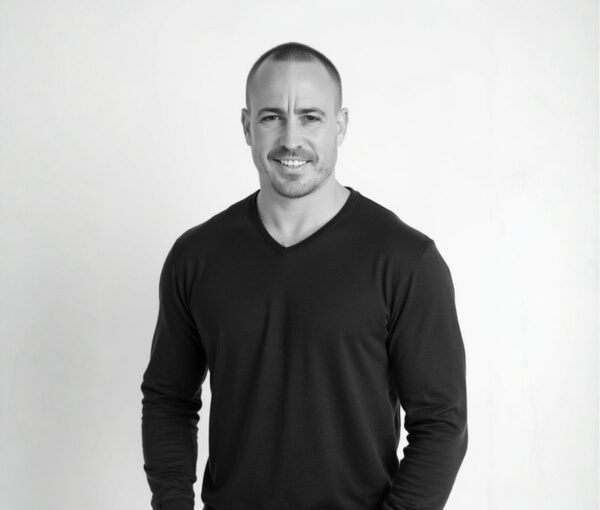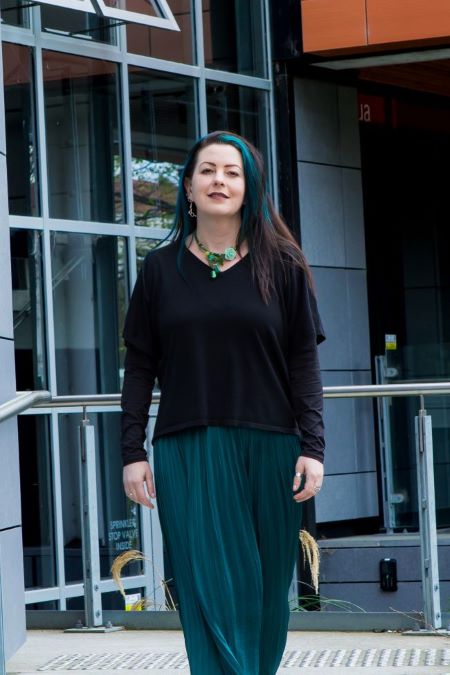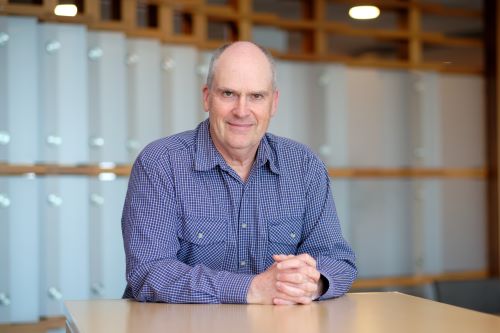The best strategies in the world are useless if they can’t be actioned. In Auckland, despite broad agreement about the right answers to most of the city’s congestion-related traffic problems, implementation was frustratingly tardy. Funding, process and policy-based red-tape were all to blame.
There is no argument that congestion on Auckland roads increases the cost of doing business in the region. An Ernst & Young report released back in May 1997 estimated that Auckland’s inadequate transport infrastructure costs the economy over $800 million annually. What’s more, Chris Carr, director of Auckland-based transport company, Carr and Haslam, estimates that congestion has led to 40-percent reduction in his company’s productivity in recent years. From transport operator’s perspective, he says roading solutions mean having strategic options. “At the moment delivery schedules change constantly because we can’t rely on the network [the most direct route],” says Carr.
The inability to complete Auckland’s Regional Land Transport Strategy (RLTS) has also created significant environmental, social and traffic safety concerns and costs, and contributed to Auckland becoming less competitive.
Yet it took breakfast briefing in late 2000 to get the wheels of roading progress turning. The meeting of CEOs was organised by the Auckland Regional Council (ARC) to discuss Auckland’s RLTS and associated implementation problems. The result was the formation of the Auckland Transport Action Group (ATAG).
With the voluntary participation of key business, non-profit and local authority leaders, ATAG, in consultation with the ARC, decided to tackle Auckland’s transport impasse. ATAG’s involvement was spurred by the noticeable imbalance within the transport debate with lobbyists promoting public transport to the neglect of ongoing roading needs. ATAG began meeting as voluntary group every fortnight without any mandated organisational structure. It was interested in practical solutions. It soon became clear that if ATAG wanted to make difference it had to influence central Government.
Over an 18-month period, ATAG’s members worked together to prepare draft cabinet paper. The paper that was presented to the Prime Minister contained both action-based proposals and detailed information about why Auckland transport was not keeping pace with demands and action-based recommendations to speed things up. Certainly, many of ATAG’s recommendations were not new. But, says ARC CEO Jo Brosnahan, they did present clearly distilled collective view of what had to happen to clear existing roadblocks.
Many of the group’s recommendations have since been enacted in various ways. In fact, over half the recommendations in ATAG’s Action-Based Proposal Document have either made their way into newly enacted legislation, aided process improvement, especially in relation to the RMA, or been incorporated into the Government’s land transport package.
Collaboration was vital
Much of ATAG’s success can be attributed to unprecedented levels of collaboration between different and often rival stakeholders within the broad range of Auckland transportation interests. All stakeholders within Auckland’s transport sector know each other well. “But through ATAG each participating body gained better insight into how their actions impacted on the bigger picture,” says Richard Maher, CEO of public funding body Infrastructure Auckland. “This led to new appreciation of the viewpoints being represented, and willingness to keep communication channels wide open.”
While many have contributed to the progress on Auckland’s roads over the last 18 months, says Jo Brosnahan, it is not possible to over-estimate the importance of new model for community leadership. This meant replacing the traditional and highly competitive transactional model with much more collaborative and strategic alternative. She says it wasn’t so much question of getting group X to talk with group Y; rather it was putting into place processes that would prioritise the order in which issues needed to be addressed.
“Within the traditional transactional leadership model leader would say: ‘This is what we’re going to do – follow me.’ collaborative approach requires totally different process. It’s about collaboratively evolving strategy through high individual commitment to the process.”
As Brosnahan points out, the inherently competitive nature of community leadership can be illustrated by looking back two decades to the huge rifts that existed between regional bodies. Much of that thinking remained in the mid-1990s when wrangling between local authorities over territorial limits was rife. In part at least, this public sector model was based on local government perception of how the business world thought and acted. But regional authorities failed to recognise that the private sector was making quantum leaps in the direction of greater collaboration.
Standardising processes
With so much time being spent in the environment court, ATAG realised the urgent need for broad consensus on how, and in what order, growth should be managed. By sitting down and thrashing out Auckland’s regional transport strategy, ATAG was able to bring together all the interested parties – and they were able to improve some of the processes as they went along.
Highly convoluted transport governance structures had reduced the speed at which Auckland’s regional roading strategy was being implemented, says Brosnahan. An early-1990s decision to divide responsibilities up between funders and policymakers meant an implementation strategy was urgently needed. This is one area, Brosnahan admits, in which there is clearly more work to be done. From its background vantage point, ATAG looked at each piece within Auckland’s transportation jigsaw and figured out ways of streamlining implementation. This meant standardising processes and, in some cases, legislative changes were necessary. “What ATAG really added to Auckland’s transport issue was another layer to the strategy that focused on implementation,” says Brosnahan.
For example, ATAG helped to improve the processes by which the Ministry for the Environment handles appeals. The group successfully argued that the 12-18 months between the application to build road and the hearing was far too long. As result, another judge has since been appointed.
Collective clout
One of the key lessons that has been learned from the exercise is that collective voice has significantly more clout than disparate business leaders trying to vocalise their individual concerns, says Sir Ron Carter, co-founder and former chairman of The Beca Group. Also, Sir Ron says ATAG shows that there’s real place in society for think-tanks. But he warns, they’re only effective if they seek the contribution of all stakeholders – without fear or favour.
“ATAG didn’t take biased lobbyist approach. It was real attempt to understand all the issues in practical way and get things moving,” he says. “The key lesson here is the need to focus on the facts behind the issues and emotions.”
Equally important, adds Sir Ron, is not to underestimate the time this pro-cess takes. In fact, it took ATAG six months to get sufficient parties in the same room together with degree of trust and oneness. But then the amazingly quick endorsement by the Prime Minister also showed the speed at which good blueprint for action can be adopted and underlined again that collaborative leadership is highly effective way to operate.
High level buy-in
Without business ‘buy-in’ at such senior level Chris Carr doubts ATAG would have been so successful. “The involvement of Jo Brosnahan meant that small but significant issues could be ironed out along the way,” says Carr, member of the group. “For example, doubling the human resources team from two to four, meant former delays incurred by the ARC issuing resource consents could be significantly re











